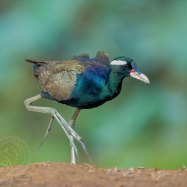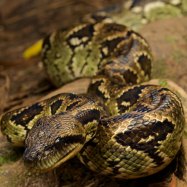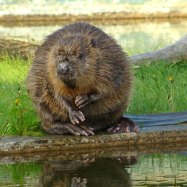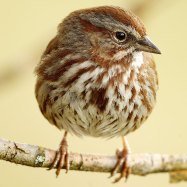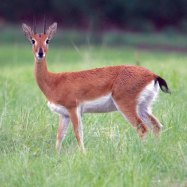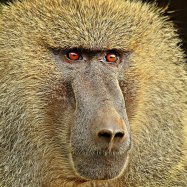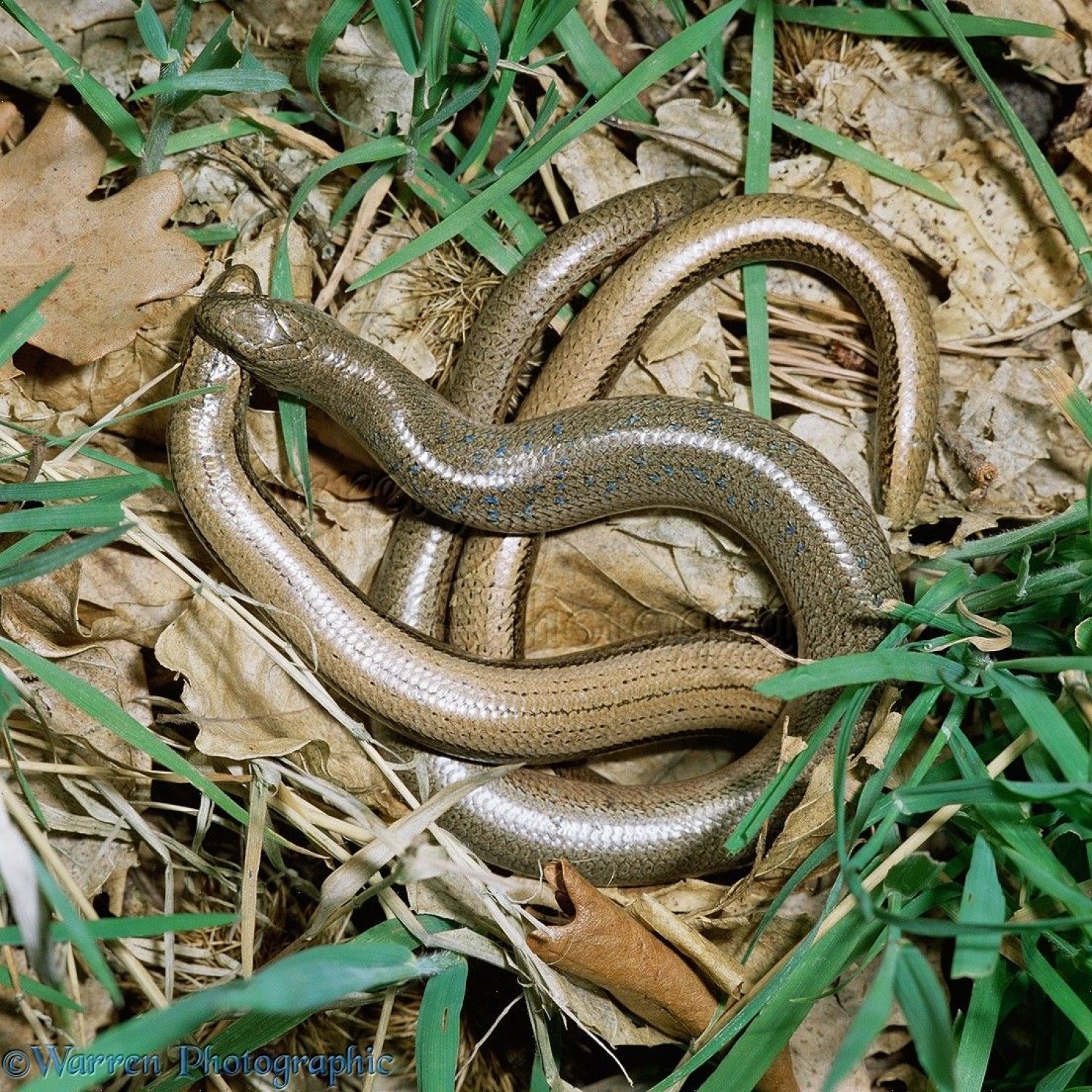
Worm
10 cm - 30 cm
Worms are common animals found in gardens, fields, and forests, belonging to the Lumbricidae family. These creatures have a cylindrical body shape and can vary in length from 10 to 30 cm. Despite their slimy appearance, worms play an essential role in maintaining soil health and are also a valuable source of food for many animals. So next time you see one, take a moment to appreciate these helpful little critters.
Animal Details Summary:
Common Name: Earthworm
Kingdom: Animalia
Habitat: Soil
The Mighty Earthworm: Nature's Unsung Hero
When thinking of the animal kingdom, one may picture majestic lions, soaring eagles, or graceful dolphins. However, there is one creature that often goes unnoticed, yet plays a crucial role in maintaining the balance of our ecosystems – the earthworm. These small, unassuming creatures, scientifically known as Lumbricus terrestris, can be found worldwide, quietly working their way through the soil. Despite their dull and unremarkable appearance, earthworms have a fascinating story to tell, and their importance to the natural world cannot be overstated Worm.A Brief Introduction to the Earthworm
Earthworms are part of the phylum Annelida, meaning "ringed ones," due to their segmented bodies. They are classified under the class Clitellata and the order Haplotaxida, and belong to the family Lumbricidae. These creatures are commonly known as earthworms, but they are also referred to as angleworms, rainworms, or crawlers. The scientific name Lumbricus terrestris translates to "earthworm of the land" – a fitting name for a creature that spends its entire life underground.Appearance and Habitat
Earthworms are often pink, brown, or red in color and have a cylindrical body shape. They typically range from 10 cm to 30 cm in length, but some species can grow up to 3 feet! Earthworms have a soft, slimy body and do not have any limbs, making them unfit for swift movements. They move by contracting and expanding their muscles, creating waves of motion that allow them to crawl through soil and other organic matter.As their name suggests, earthworms live in the soil, where they play a vital role in maintaining the health of the ecosystem. They prefer moist, rich soil and can often be found in gardens, fields, and forests Wildebeest. It is estimated that there are about 2700 species of earthworms globally, with 700 species in North America alone.
Feeding and Digestion
Earthworms are considered detritivores, meaning they eat dead organic matter. They play a crucial role in the decomposition process, breaking down leaves, plant debris, and other matter into smaller pieces. Earthworms have a unique digestive system, consisting of a mouth, pharynx, esophagus, crop, gizzard, and intestine. As they move through the soil, they ingest soil particles and organic matter, breaking them down into smaller pieces with their powerful muscles and enzymes. The digested material is then excreted as nutrient-rich castings, which are beneficial for plants and other organisms in the soil.The Unsung Heroes of the Ecosystem
Earthworms may be small and unassuming, but their contributions to the natural world are immense. In fact, without earthworms, our ecosystems would not be able to function properly. They play a vital role in soil aeration, helping to create spaces for air and water to reach plant roots. This allows plants to grow better and prevents soil from becoming too compacted. Additionally, earthworms help to regulate soil pH levels, creating a healthy environment for plants and microorganisms to thrive.Furthermore, earthworms' constant burrowing and movement through the soil helps to mix organic and mineral materials, creating a rich and fertile environment for plant growth. This process, known as bioturbation, also plays a role in regulating the carbon cycle. As earthworms digest and excrete organic matter, they release nutrients back into the soil, aiding in the growth of new plants and helping to reduce greenhouse gases in the atmosphere.
Earthworms and Human Interaction
Earthworms may not be the most charismatic creatures, but their importance to the environment cannot be ignored. Humans also have a long history of utilizing earthworms for various reasons. In some cultures, earthworms are considered a delicacy and are often used in traditional dishes. They have also been used for medicinal purposes, as some believe that their mucous secretion can help heal wounds and ease joint pain.Moreover, earthworms are also beneficial to agriculture. Farmers often use earthworms in composting to break down organic matter into nutrient-rich soil. Additionally, their presence in the soil can indicate its health and quality, making them an essential indicator species.
Threats to Earthworms
Despite their significant contributions to the ecosystem, earthworm populations are facing various threats. One of the major culprits is the use of chemical pesticides and fertilizers in agriculture. These substances can be harmful to earthworms, affecting their survival and reproductive abilities. Climate change also poses a threat, as changes in temperature and rainfall patterns can adversely affect earthworm populations.Moreover, the introduction of invasive species can be devastating for earthworms. The Asian jumping worm, for example, has caused significant damage to forest ecosystems in the United States. This species reproduces quickly and consumes large amounts of leaf litter, causing soil degradation and negatively impacting other organisms that depend on it.
Conclusion – The Importance of the Humble Earthworm
In conclusion, earthworms may not be the most exciting creatures to admire, but they play a crucial role in maintaining the health of our planet. From their contributions to soil health, carbon cycles, and plant growth to their use in agriculture and traditional medicine, it is clear that earthworms are truly nature's unsung heroes.It is crucial that we continue to raise awareness about the significance of earthworms and work towards protecting their populations. As individuals, we can reduce our use of harmful chemicals and choose sustainable farming practices. By taking small steps, we can ensure that these mighty creatures continue to thrive and support the delicate balance of our ecosystems. Let us give credit where credit is due – to the mighty earthworm, the true champion of the underground.

Worm
Animal Details Worm - Scientific Name: Lumbricus terrestris
- Category: Animals W
- Scientific Name: Lumbricus terrestris
- Common Name: Earthworm
- Kingdom: Animalia
- Phylum: Annelida
- Class: Clitellata
- Order: Haplotaxida
- Family: Lumbricidae
- Habitat: Soil
- Feeding Method: Detritivore
- Geographical Distribution: Worldwide
- Country of Origin: Unknown
- Location: Gardens, fields, forests
- Animal Coloration: Pink, brown, red
- Body Shape: Cylindrical
- Length: 10 cm - 30 cm
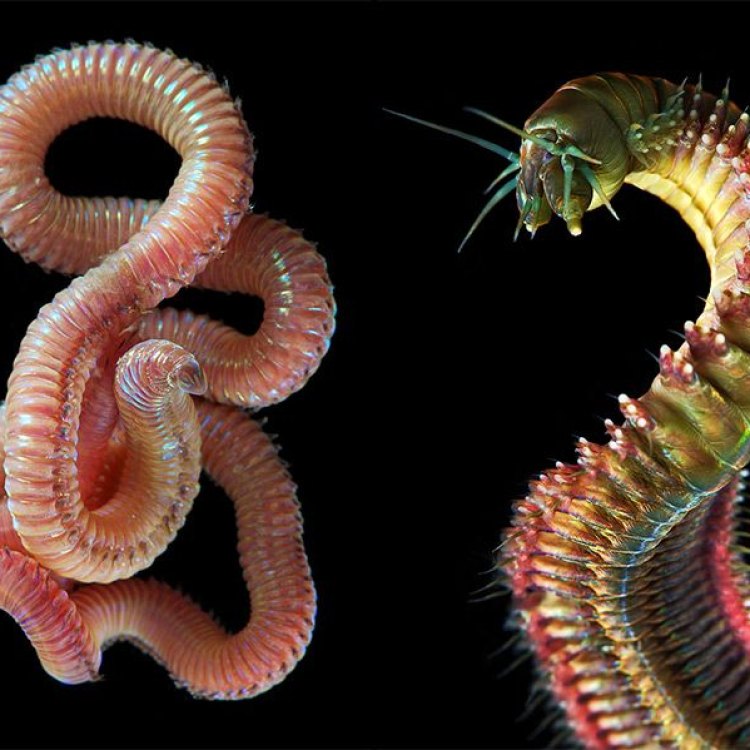
Earthworm
- Adult Size: Up to 30 cm
- Average Lifespan: 2 - 8 years
- Reproduction: Hermaphroditic
- Reproductive Behavior: Cross-fertilization
- Sound or Call: None
- Migration Pattern: None
- Social Groups: Solitary
- Behavior: Burrowing, feeding on decaying organic matter
- Threats: Pesticides, habitat loss
- Conservation Status: Not evaluated
- Impact on Ecosystem: Improves soil fertility
- Human Use: Fishing bait, composting
- Distinctive Features: Segmented body, smooth skin
- Interesting Facts: Earthworms can eat their own weight in soil each day.
- Predator: Birds, frogs, snakes, moles
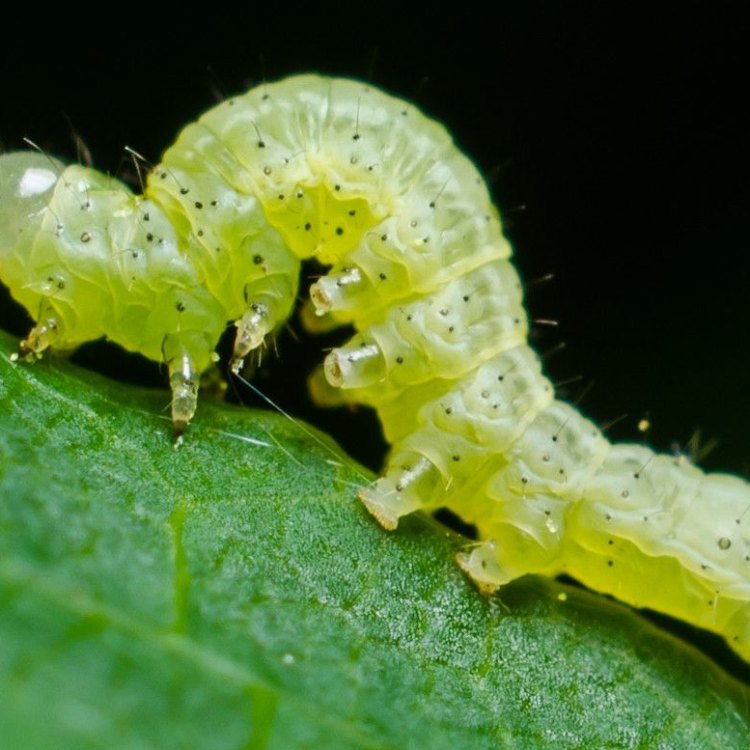
Lumbricus terrestris
The Intriguing World of Worms: Unveiling the Secrets of the Underground Creatures
When we think of exotic creatures and fascinating animals, worms are often overlooked. They are not as majestic as lions or as cute as pandas, but these humble creatures play a crucial role in maintaining a healthy ecosystem. In fact, worms are often called the unsung heroes of the underground world. From their fascinating reproductive behavior to their impressive burrowing abilities, there is so much to uncover about these seemingly simple creatures PeaceOfAnimals.Com.Let's dig deeper and discover the unique features and functions of worms, and their impact on both nature and humans.
The Basics: Worm Anatomy and Behavior
Worms belong to the phylum Annelida, which translates to "little rings" in Latin, a nod to their unique segmented bodies. The most commonly known type of worm is the earthworm, which has a smooth, moist skin and no limbs. These remarkable creatures can range in size from a few millimeters to over 30 centimeters, with the average lifespan of 2 to 8 years.One of the most distinctive features of worms is their hermaphroditic reproductive behavior, meaning they have both male and female reproductive organs. However, earthworms still require a partner for reproduction. They engage in cross-fertilization, where each worm fertilizes the other's eggs, leading to offspring with a mix of genetic material from both parents.
Interestingly, worms do not produce any sounds or calls. They rely mainly on touch and chemical signals to communicate with each other White Shark. Since they live in dark, moist environments, developing the ability to make sounds was not necessary for their survival.
The Solitary Life of Worms and Their Mysterious Behavior
Unlike many other animals, worms are solitary creatures. They prefer to live and function on their own rather than in social groups. Their solitary nature is due to their significantly slow movement and the fact that they don't have any natural predators underground. Thus, they have no need to band together for safety.Most worms spend their days burrowing through soil, creating complex networks of tunnels that help aerate the ground and improve drainage. These burrows also serve as a transportation system for nutrients and water essential for their survival. They are also the reason why you may see small piles of soil on your lawn after a heavy rain – the result of worms pushing the soil to the surface.
Another intriguing worm behavior is their feeding habits. Worms are detritivores, meaning they feed on decaying organic matter such as dead plants and other organisms. They have a unique digestive system, including a gizzard that grinds and breaks down tough materials, leading to their famous role in composting.
The Underestimated Threats to Worms: Pesticides and Habitat Loss
Despite being a crucial part of the ecosystem, worms face several threats that have significant impacts on their population. The most prominent threat is the use of pesticides, primarily when used in agriculture. Pesticides not only kill pests but can also harm worms, which are beneficial to soil health.Another significant threat to worms is habitat loss. As humans continue to expand their urban areas, worms lose their natural habitats, leading to a decline in their population. Clearing of forests and converting agricultural land into urban areas have significantly reduced the areas where worms can thrive.
A Conservation Conundrum: The Status of Worms
Surprisingly, worms have not been evaluated for their conservation status, unlike other animals. The reason for this is that there are over 7,000 different species of worms, and only a fraction of them have been studied and researched. Therefore, there is a lack of data to accurately assess the conservation status of worms.However, scientists believe that the increasing use of pesticides and the loss of habitat can significantly impact the population of worms in the future. It is also thought that climate change may affect their underground habitat, leading to further declines in their population.
The Impact of Worms on the Ecosystem: More Than Just Soil Fertility
Worms may seem like small, insignificant creatures, but their impact on the ecosystem is immense. They play a vital role in improving soil fertility by continuously moving and churning soil, aiding in nutrient distribution and providing better drainage. As they move through the soil, they also bring oxygen and organic matter deeper into the ground, making it more suitable for plant growth.Moreover, their feeding habits and burrowing activities also aerate the soil, allowing plant roots to grow deeper and stronger, leading to healthier plants. Worms also help break down organic matter faster, releasing nutrients that are essential for plant growth. Without worms, our soil would be less fertile and less conducive to plant growth, ultimately affecting food production.
Worms and Humans: More Connected Than You Think
The relationship between worms and humans goes beyond the occasional encounter in our gardens. Worms are widely used in various industries, from fishing bait to composting. They are an essential part of the fishing industry, serving as popular bait for freshwater fish. Similarly, they are also commonly used in gardening, where they are added to compost piles to speed up the decomposition process, leading to rich compost that can be used as a natural fertilizer.Furthermore, worms have also made their way into the field of medicine. Researchers have discovered compounds in the mucus of certain species of worms that have shown promising results in promoting blood vessel growth and healing wounds. Scientists are even looking into using these compounds for the treatment of diseases such as cancer and diabetes.
The Circle of Life: Predators of Worms
Finally, every animal has its predator, and worms are no exception. Despite living underground and being less visible, worms are a crucial part of the food chain. They serve as prey for a variety of animals, including birds, frogs, snakes, and moles. However, worms have some clever survival tactics, such as quickly retreating into their burrows when sensing danger, making it challenging for predators to catch them.The Remarkable Creatures Beneath Our Feet
In conclusion, worms may not be the most glamorous creatures, but they are undoubtedly fascinating and critical to the health of our planet. From their remarkable abilities and behaviors to their essential role in maintaining soil fertility, worms are an essential part of the ecosystem that should not be underestimated.Despite facing threats such as pesticides and habitat loss, worms continue to thrive underground, providing us with vital services, and even offering opportunities for human advancements in various fields. Therefore, it is crucial to recognize and appreciate these unassuming creatures and their significant contributions to our world.

The Mighty Earthworm: Nature's Unsung Hero
Disclaimer: The content provided is for informational purposes only. We cannot guarantee the accuracy of the information on this page 100%. All information provided here may change without prior notice.

